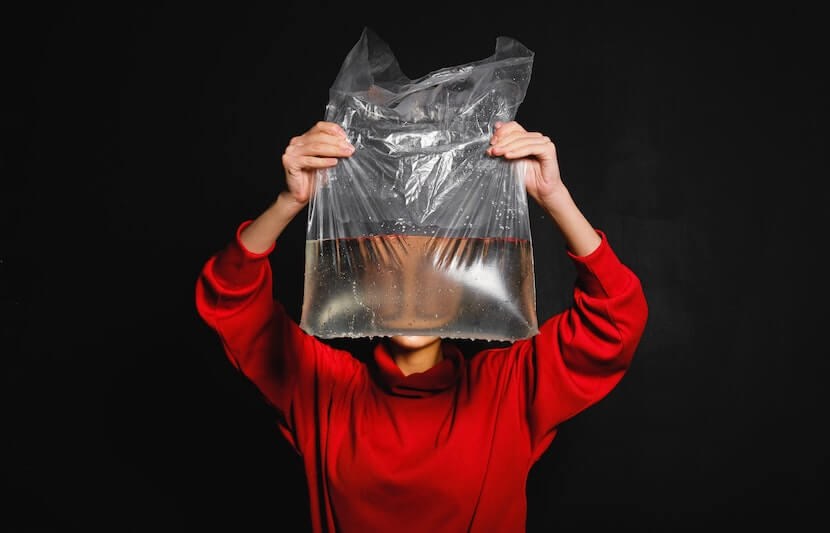A team of researchers has developed a method to re-use common plastics to break down other harmful pollutants found in wastewater. This method tackles two grave pollution issues at once: plastic pollution that threatens our ecosystems and presence of carcinogenic synthetic dyes in wastewater.
The team’s method portrays how polystyrene, a plastic frequently seen in packaging materials and cutlery, could be used to alter carcinogenic synthetic dyes used in the clothing industry and sewage plants, which often act as a reproductive toxin for humans and animals.
The paper is published in the journal ACS Applied Materials and Interfaces.
The study was led by Julian Eastoe, professor of chemistry at University of Bristol, and Rodrigo J de Oliveira, adjunct professor of chemistry at Paraba State University in Brazil.
“This research suggests a promising approach to turn some of the vast amounts of plastic white pollution into a resource for tackling environmental damage elsewhere in the form of water materials for treatment,” Eastoe said in a statement.
White Pollution & Carcinogens in Wastewater
Millions of tons of plastic are pumped into oceans and water systems every year, posing as an immediate threat to many of the world’s ecosystems. Eastoe and Oliveira’s concern about the impact of plastic debris, also called white pollution, on the health of our ecosystems drove this study.
“We were interested to see if we could find a way to repurpose plastic waste,” Eastoe said.
The environment is also being harmed by synthetic dyes and other hazardous substances that are continually being leaked into our water supply. Many of these pollutants are causing significant damage to aquatic ecological systems.
“The development of methods of removing these compounds from industrial effluents is becoming increasingly important,” Eastoe said in a statement.
“Our study both looks at the reuse of plastic to make a new material and the use of this material to tackle water pollution from dyes,” he continued. “This breakthrough will be of interest to water companies worldwide and the next stage will be to see how it might clean-up other pollutants.”
How it Works
In their study, the scientists broke down dyes by using active oxidation process. This process involves a heterogeneous (solid-state) photocatalyst, which helps to turn pollutants into less harmful products, such as water and carbon dioxide.
The method involves transforming polystyrene into a porous solid material.
To accomplish this goal, the researchers first had to dissolve lumps of plastic in a cyclohexane solvent, said Eastoe. They then froze the solution and removed the solvent using a vacuum.
“This leaves behind a highly expanded plastic,” comparable to packing foam, explained Eastoe.
The light and strong material created from polystyrene is then activated by using catalytic nanoparticles, he continued. “Now the activated material can be used to break down pollutant dyes using light to trigger the degradation.”

The method will likely be used to break down dyes such as Rhodamine B, a dye banned in food production but often used to detect leaks in sewage treatment plants.



